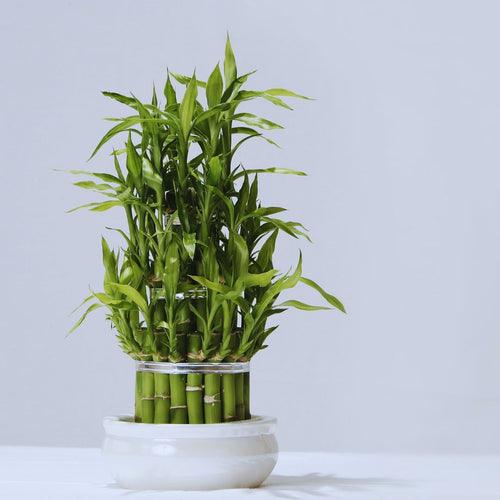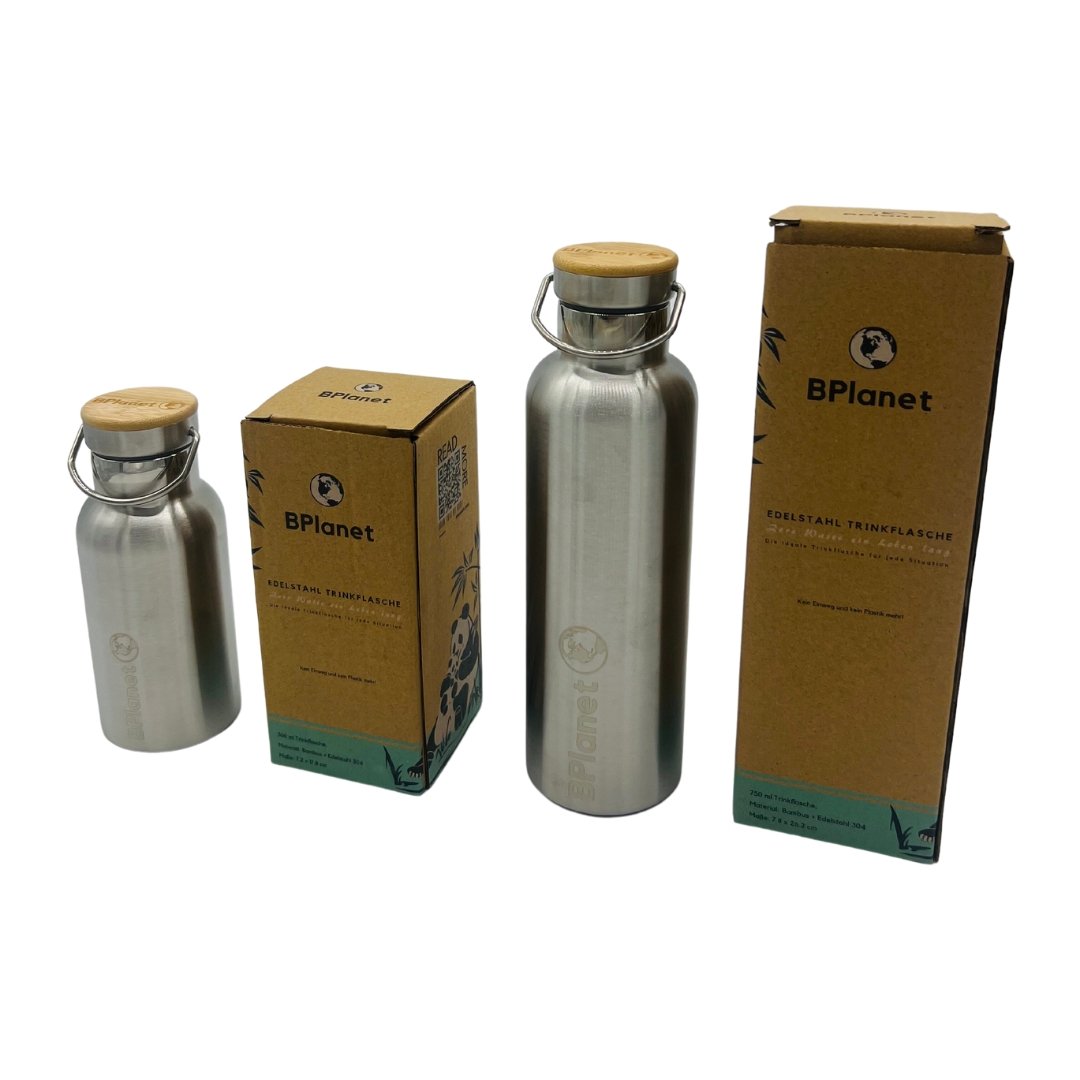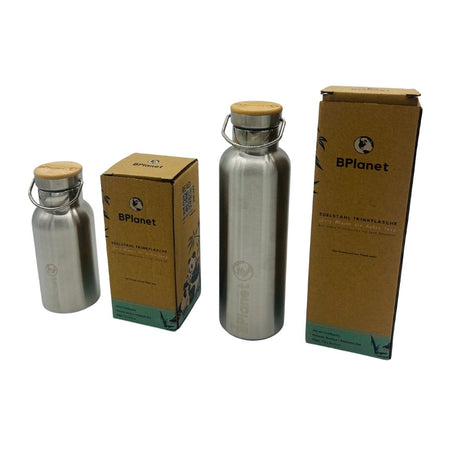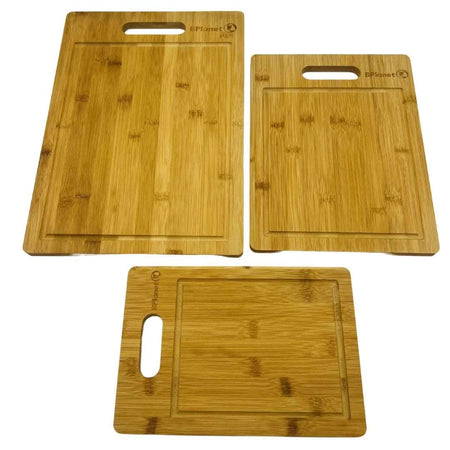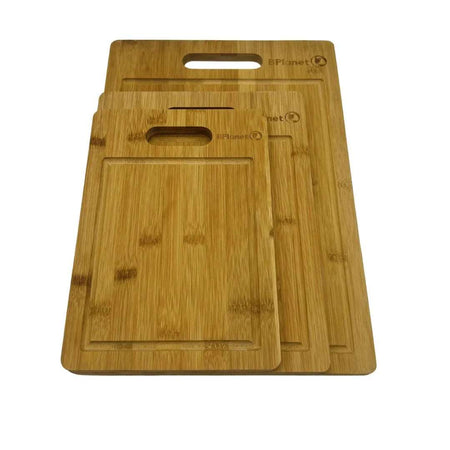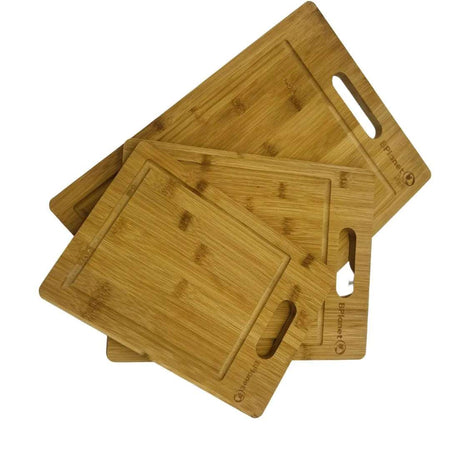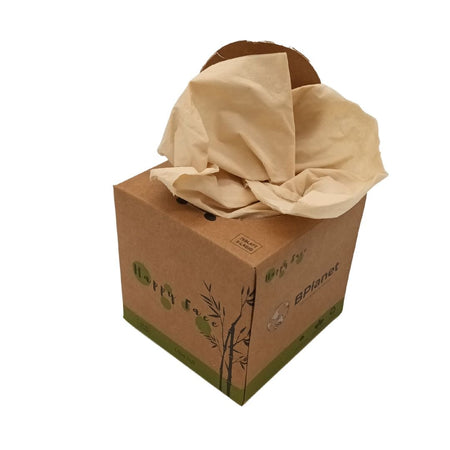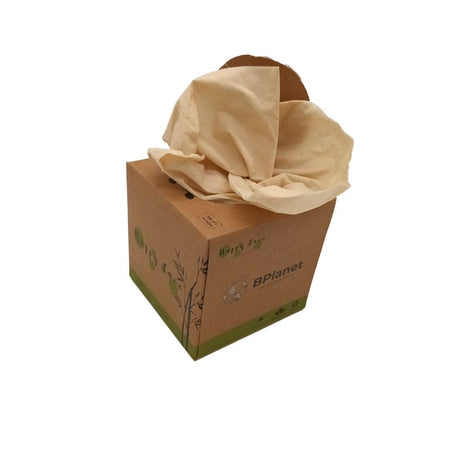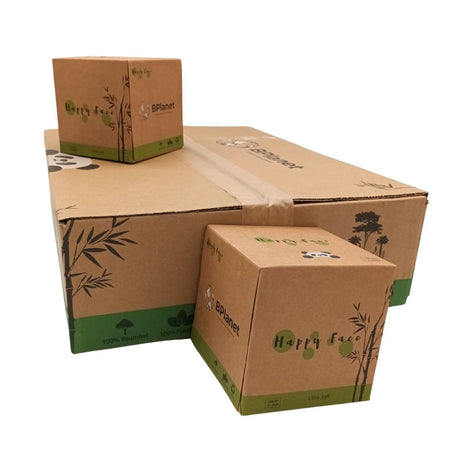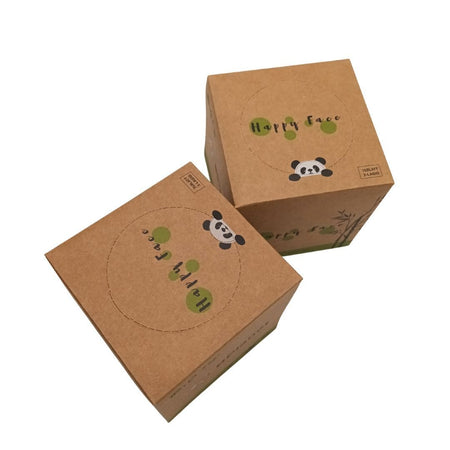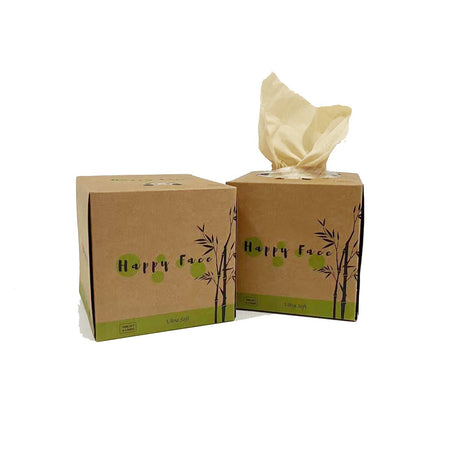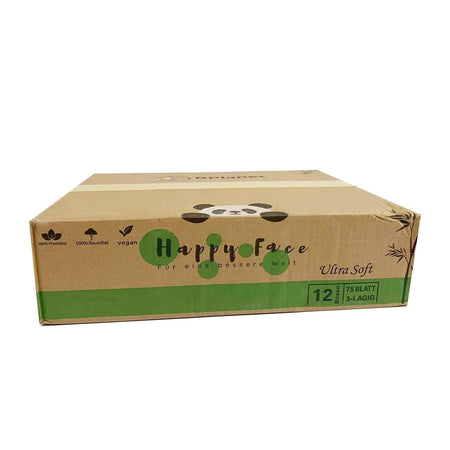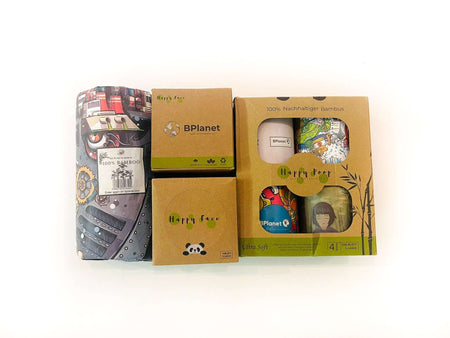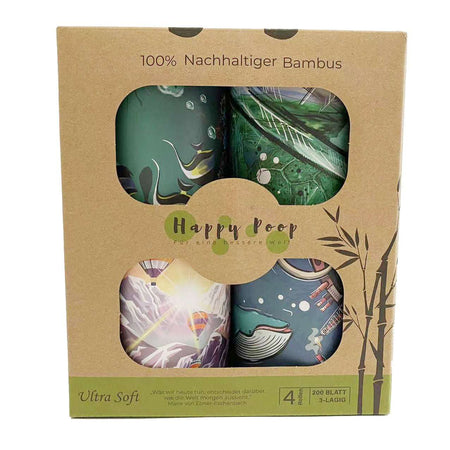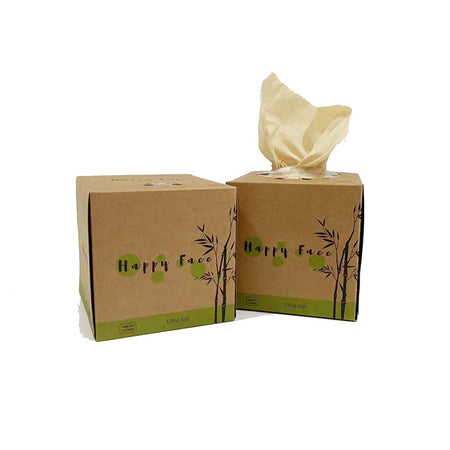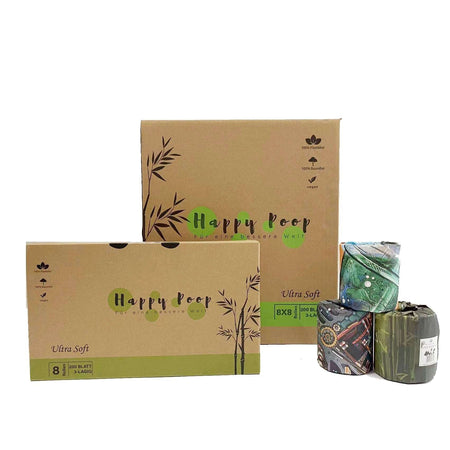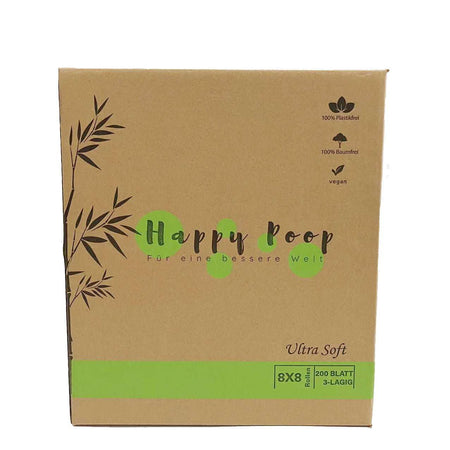Introduction:
Bamboo cultivation is becoming increasingly important in Africa as this versatile plant is seen as a promising solution to combat droughts and promote sustainable development on the continent. This is particularly true for Ethiopia, more on that later. With its rapid growth and positive environmental impact, bamboo has the potential to play a significant role in creating more resilient communities and addressing the impacts of climate change.
Current Efforts:
Various initiatives and organizations have begun to promote bamboo cultivation in Africa and draw attention to the benefits of this plant. One example is the International Bamboo and Rattan Network Initiative (INBAR) Bamboo Program, which aims to promote the sustainable use of bamboo resources in Africa. By working with governments, communities and farmers, bamboo plantations are established to protect the environment, improve the livelihoods of local people and strengthen drought resilience.
Ethiopia:
Ethiopia is one of the countries that is intensively addressing the potential of bamboo in the context of climate change. The country is increasingly experiencing periods of drought and areas at risk of desertification. The government of Ethiopia has recognized that bamboo can be a promising solution to address these challenges.


Simien Mountains in northern Ethiopia
The Ethiopian Bamboo Program, led by the Ethiopian Environment and Forest Research Institute (EEFRI), aims to establish bamboo plantations across the country. These plantations not only serve ecological restoration, but also fight poverty and create sustainable income opportunities for the local population.
The Ethiopian Bamboo Initiative aims to establish one million hectares of bamboo plantations by 2025. These bamboo plantations can play an important role in reforestation and soil conservation because bamboo has deep roots and prevents erosion. In addition, bamboo is used in Ethiopia as a building material and for the production of furniture, handicraft products and biomass.


Gondar region
Potential and Benefits of Bamboo in Africa:
The bamboo population in Africa is rich and diverse. Various species of bamboo, such as the Moso bamboo (Phyllostachys edulis), the Guadua bamboo (Guadua angustifolia) and the Yushania alpina, are native to different regions of the continent. These species are characterized by their rapid growth rate and their ability to control erosion, conserve water resources, and stabilize soils. Additionally, bamboo has the potential to be a sustainable source of income for local communities by being used for construction and crafts purposes.
Conclusion:
Efforts to promote bamboo cultivation in Africa, particularly Ethiopia, represent a promising measure to address the challenges of drought and climate change in the region. Bamboo offers numerous benefits, including its ability for soil conservation, water regulation and sustainable use. This project can not only contribute to combating climate change, but can also help to strengthen the economy in the relevant countries as jobs and (new) economic sectors are (developed or) expanded.
Convince yourself of products made from bamboo
Sources:
1. “Bamboo and Sustainable Development in Africa.” IN CASH. Available at: https://www.inbar.int/bamboo-and-sustainable-development-in-africa/
2. Soini, Elisabeth et al. "Bamboo for restoration and livelihoods in Africa: A synthesis." Forests, Trees and Livelihoods, vol. 26, no. 1, 2017, pp. 1-16.
3. Liese, Werner. "Bamboo in Africa: State-of-the-art, challenges, and opportunities." Journal of Bamboo and Rattan, vol. 17, no. 1, 2018, pp. 19-29.
4.Assefa, Kebede et al. "The role of bamboo for landscape restoration and livelihood improvement in Ethiopia." Forests, Trees and Livelihoods, vol. 27, no. 3, 2018, pp. 139-152.
5. Ethiopian Environment and Forest Research Institute (EEFRI). Available at: http://eefri.gov.et/
6. Berhan, Gashaw. "Bamboo for sustainable landscape restoration and livelihood improvement in Ethiopia: Overview and prospects." African Journal of Environmental Science and Technology, vol. 12, no. 9, 2018, pp. 274-282.

